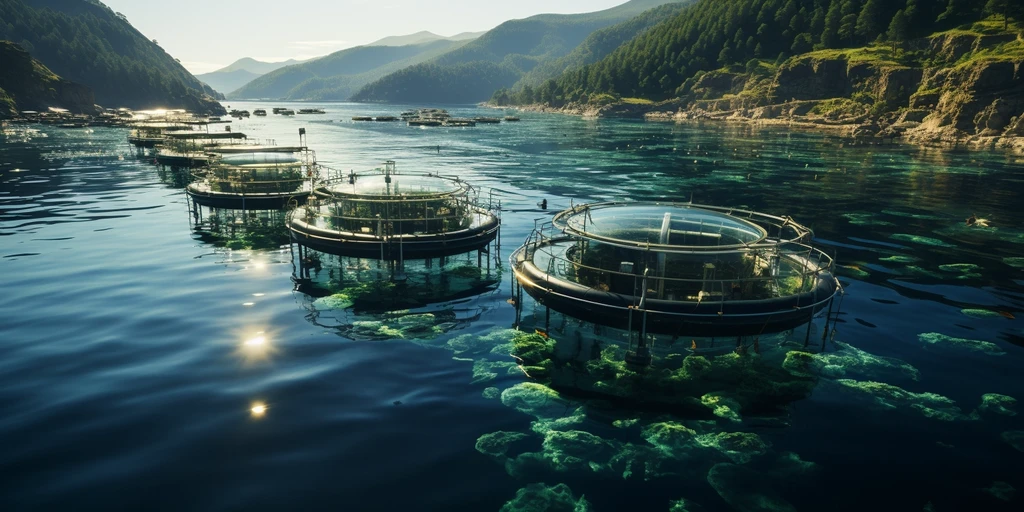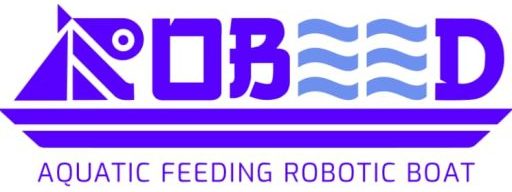
Navigating the Needs of Modern Fish Farming: Innovations for Sustainable Aquaculture
In recent years, the global demand for seafood has surged, driven by population growth, rising incomes, and shifting dietary preferences. To meet this increasing demand, the aquaculture industry has experienced exponential growth, becoming a vital source of seafood production worldwide. However, as fish farming operations expand, so do the challenges and needs associated with sustainable aquaculture practices.
One of the primary needs in modern fish farming is the adoption of sustainable practices that minimize environmental impact while maximizing productivity. With aquaculture operations expanding into sensitive coastal ecosystems, there is a growing urgency to address concerns such as habitat degradation, water pollution, and the spread of diseases. Innovations in technology and management practices are essential to mitigate these impacts and ensure the long-term viability of the industry.
Efficient resource utilization is another critical need in fish farming. As the demand for seafood continues to rise, there is pressure to produce more with less. This necessitates the optimization of feed formulations, water usage, and energy consumption to maximize yields while minimizing costs and environmental footprint. Advances in feed technology, such as the development of sustainable and nutritious feed ingredients, are crucial for improving feed conversion ratios and reducing waste in aquaculture operations.
Disease management is also a significant concern in fish farming, with outbreaks posing significant risks to farm productivity and profitability. The intensification of aquaculture systems and the movement of fish across borders increase the likelihood of disease spread. To address this challenge, there is a need for improved biosecurity measures, disease surveillance, and the development of vaccines and treatments tailored to specific pathogens. Additionally, research into genetic resistance and selective breeding can help enhance the resilience of farmed fish to diseases.
Ensuring animal welfare is another important consideration in modern fish farming. As with any livestock production system, the health and well-being of farmed fish are paramount. This includes providing adequate space, water quality, and nutrition, as well as minimizing stress during handling and transport. Innovations in aquaculture infrastructure and husbandry practices can help improve living conditions for farmed fish, ultimately enhancing their growth, health, and quality.
Furthermore, promoting transparency and traceability throughout the seafood supply chain is essential for building consumer trust and confidence. With growing concerns about food safety, sustainability, and ethical sourcing, consumers are increasingly seeking information about the origins of their seafood and the practices used in its production. Adopting technologies such as blockchain and QR code tracking can enable seafood producers to provide consumers with real-time information about the source, journey, and environmental footprint of their products.
In response to these evolving needs, the aquaculture industry is embracing innovation and technology to drive sustainable practices and enhance productivity. One such innovation is the development of smart aquaculture systems that leverage data analytics, sensors, and automation to optimize farm management and decision-making. These systems can monitor water quality parameters, automate feeding processes, and detect early signs of disease outbreaks, enabling farmers to proactively manage their operations and minimize risks.
Another area of innovation is the use of alternative feed ingredients derived from sustainable sources such as algae, insects, and agricultural by-products. These ingredients offer a more environmentally friendly and cost-effective alternative to traditional fishmeal and fish oil, reducing the industry’s reliance on wild-caught fish as feed. Additionally, advancements in genetic technologies, such as genome editing and selective breeding, hold promise for improving disease resistance, growth rates, and feed efficiency in farmed fish.
In conclusion, the needs in modern fish farming are multifaceted and require innovative solutions that balance economic viability with environmental sustainability and animal welfare. By embracing technology, adopting sustainable practices, and fostering collaboration between industry stakeholders, researchers, and policymakers, the aquaculture industry can meet the growing demand for seafood while safeguarding the health of our oceans and the well-being of future generations.

